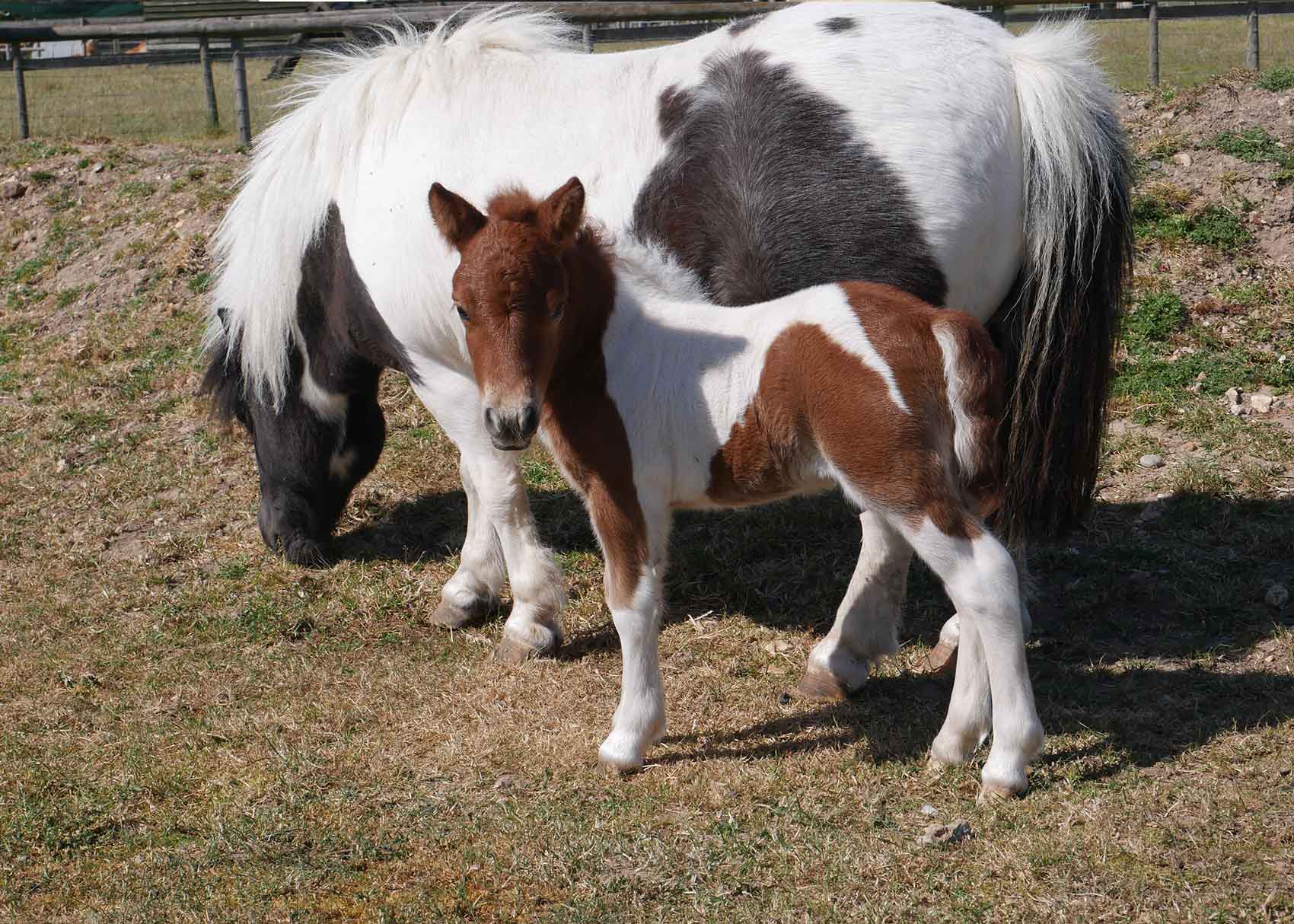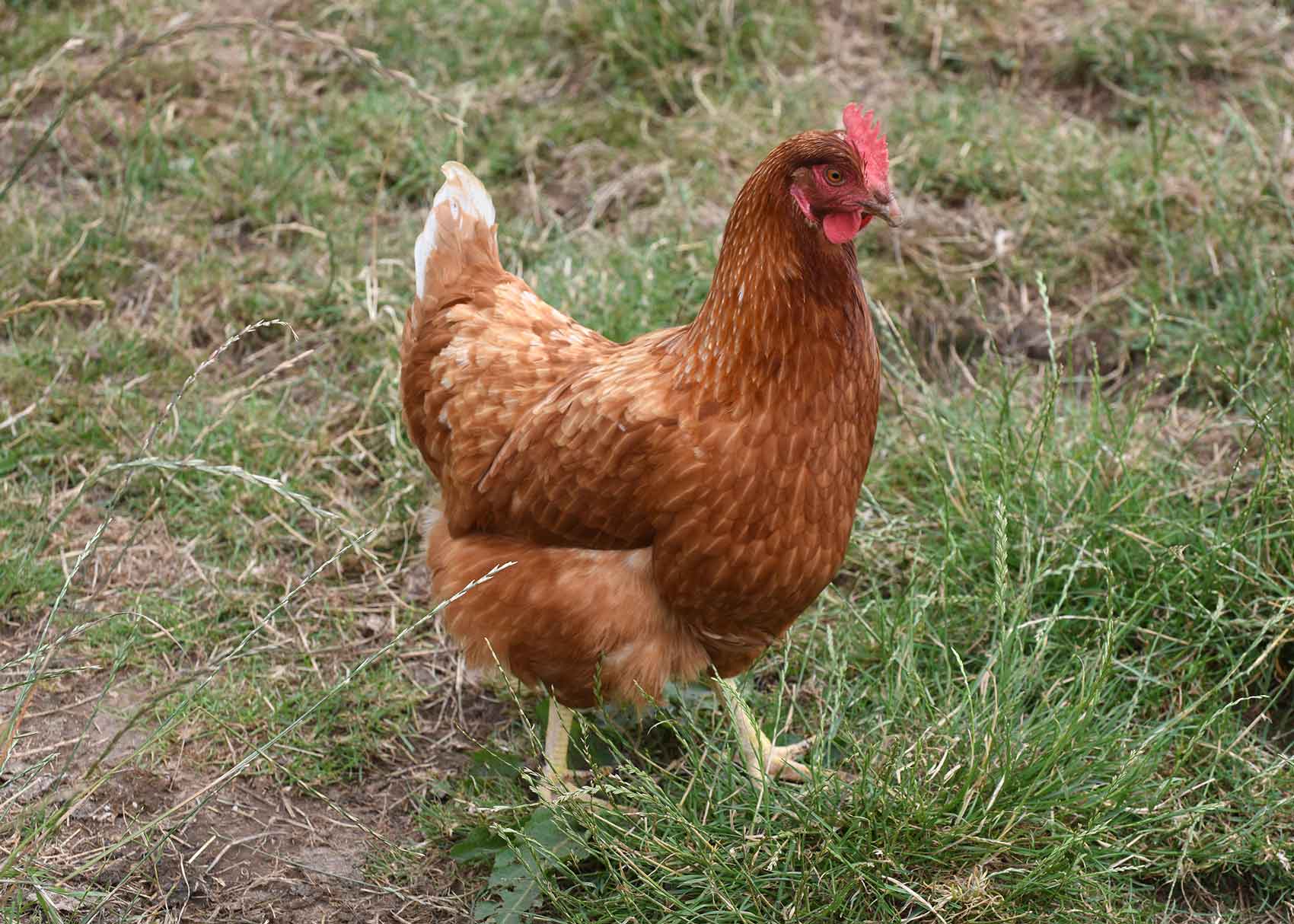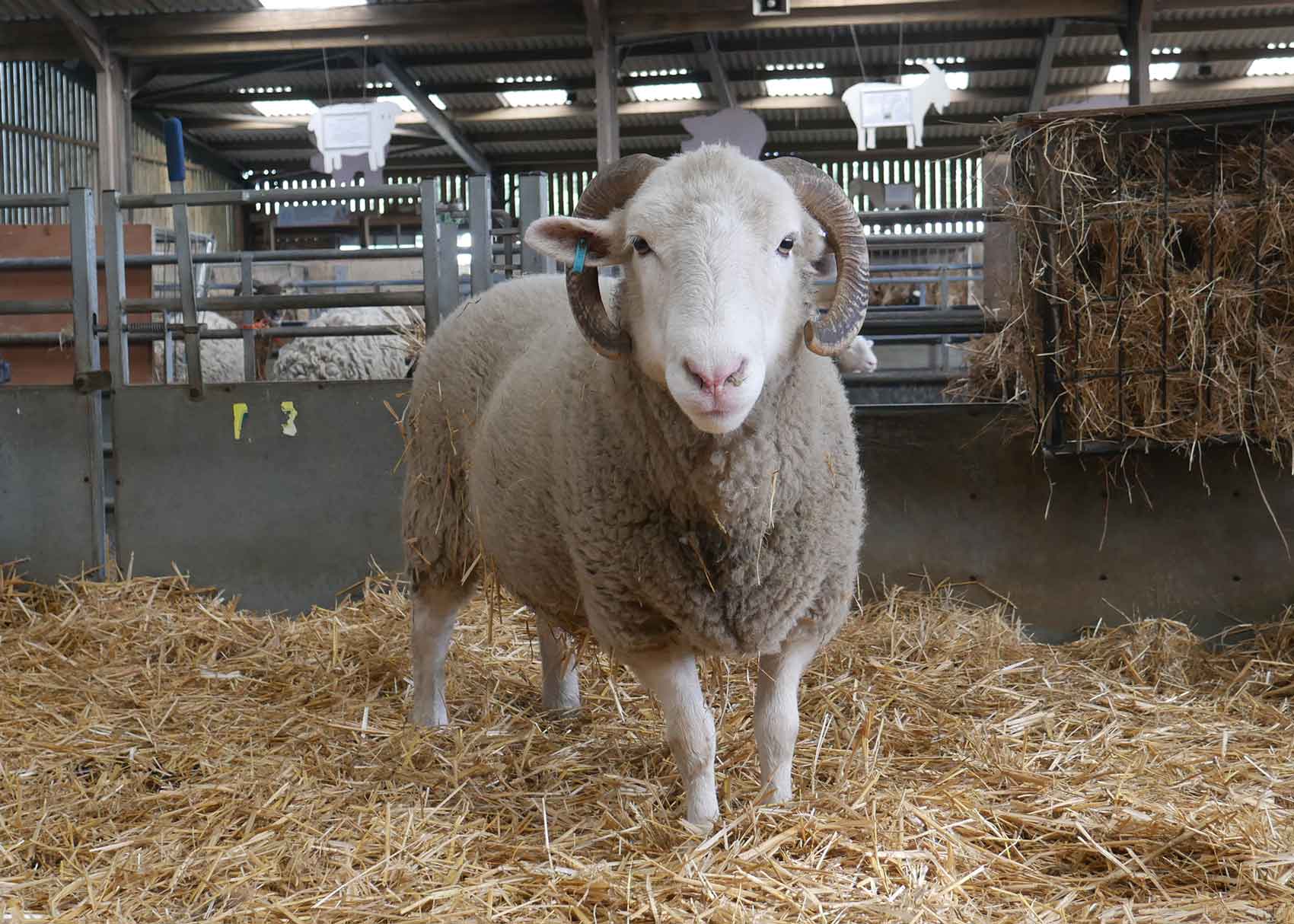The Rare Breed Survival Trust has five criteria for rare breed ponies, based upon how many registered breeding females (called mares) are left.
- Critical – less than 300 breeding mares left
- Endangered – 300 to 500 breeding mares left
- Vulnerable – 500 to 900 breeding mares left
- At Risk – 900 to 1,500 breeding mares left
- Minority – 1,500 to 3,000 breeding mares left
Please note: Some of our animals are not on display in the paddocks outside during the colder months, because they may have been moved to our winter paddocks where there is more shelter available, or into our undercover Animal Barn to keep warm (where they are still on display for our visitors to see).
Our visitors can see sheep, goats, pigs, donkeys, rabbits and guinea pigs in the Undercover Animal Barn at all times, including a variety of rare breeds and very often their young too!
To ensure that we are still able to offer value to our visitors, whilst some of our animals have been moved, we do offer a jam-packed Animal Activity and Demonstration Programme for our visitors to take part in.

Exmoor Pony
How rare are they?
With between 300 to 500 breeding mares left, Exmoor Ponies are classed as ‘Endangered’ by the Rare Breed Survival Trust.
Where does the Exmoor Pony come from?
The Exmoor Pony originates from Exmoor in the South West of England. They are the oldest breed of pony to be found on British Moors and have lived wild on the Moor since the Romans. In fact herds of semi-wild Exmoor Ponies and their foals can still be found on the Moor.
Why have Exmoor Ponies at Odds Farm Park?
The Exmoor Pony at children’s farm Odds Farm Park is called Gwinnie and she is known for her historical significance as the oldest British Moor breed of pony.
How would children identify an Exmoor Pony?
The Exmoor Pony is a hardy and strong breed, with a wide forehead, thick neck, broad back and short legs. Children on a day out should look for a pony that stands up to 12.3 hands and is brown, bay or dun with black points. Their most identifiable characteristic, however, is their lightly coloured muzzle (the area around the pony’s nostrils, mouth, lips, and chin).

Shetland / Miniature Shetland Pony
How rare are they?
Shetland/Miniature Shetland Ponies are not classed as rare by the Rare Breed Survival Trust.
Where does the Shetland/Miniature Shetland Pony come from?
Shetland/Miniature Shetland Ponies originate from the Shetland Isles, located North East of mainland Scotland and excavations have revealed that they date back to the Bronze Age. With rough island conditions, these small ponies adapted to survive bitter cold weather, rocky steep hills and poor grazing lands.
They were domesticated on the Shetland Isles to pull carts and farrow the land but it was not until 1847 when the demand for those ponies increased dramatically. Following a Government Act prohibiting children from working in coal mines, these small hardy ponies took over the children’s duties of pulling coal tubs through the narrow and cramped mines. The breed remained as “pit ponies” until the introduction of the miniature horse.
Why have Shetland Ponies at Odds Farm Park?
Small in size, Shetland/Miniature Shetland Ponies are very cute for children to see on their day out at Odds Farm Park. Whilst not rare, they are adorable to see and at Odds Farm Park we have Treacle who is a Miniature Shetland cross Shetland pony, Beanie who is a pure Miniature Shetland pony and Coco who is a pure Shetland pony.
How would children identify the Shetland Pony at Odds Farm Park?
Their small size (measuring only up to 10 hands in height) is their most distinguishable feature for kids to recognise on a day out. They have a wonderful full main, chunky tail and can be black, bay, brown, chestnut or grey in colour.








